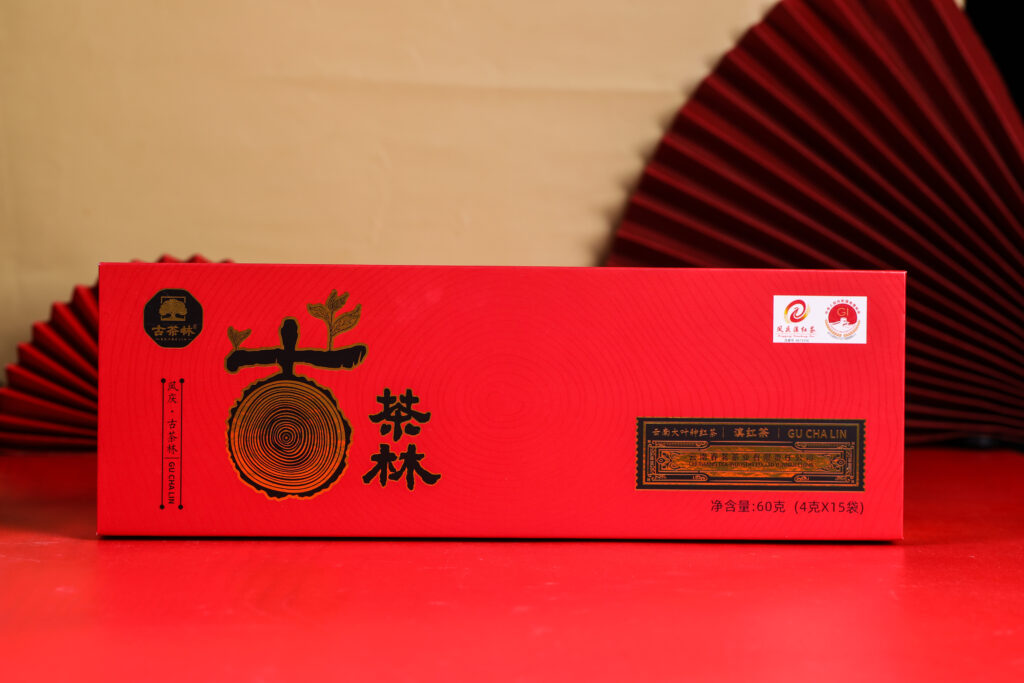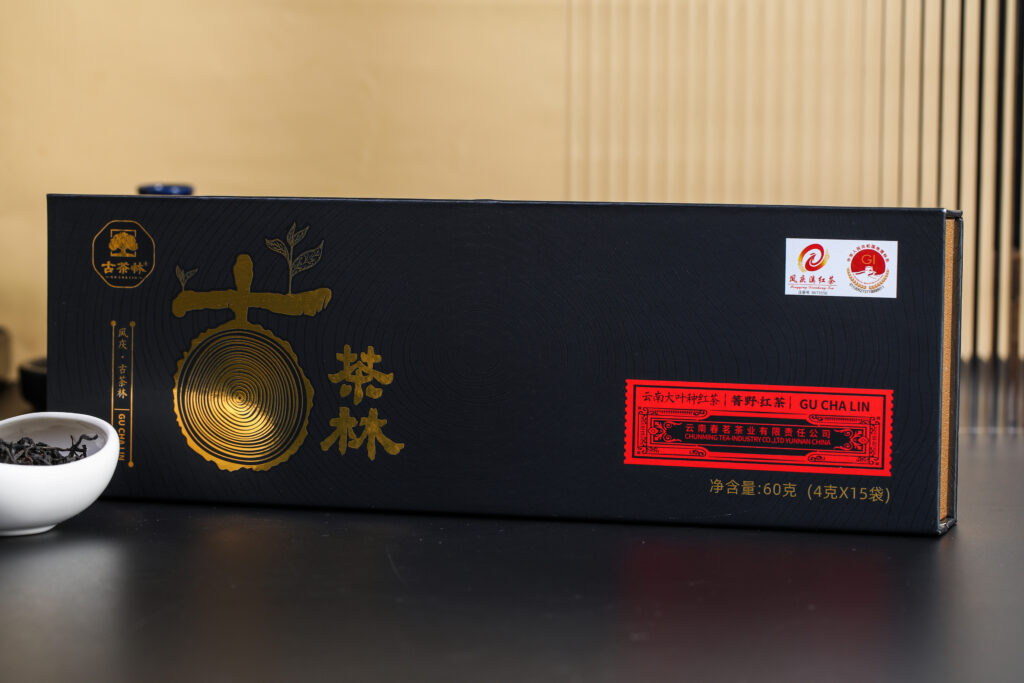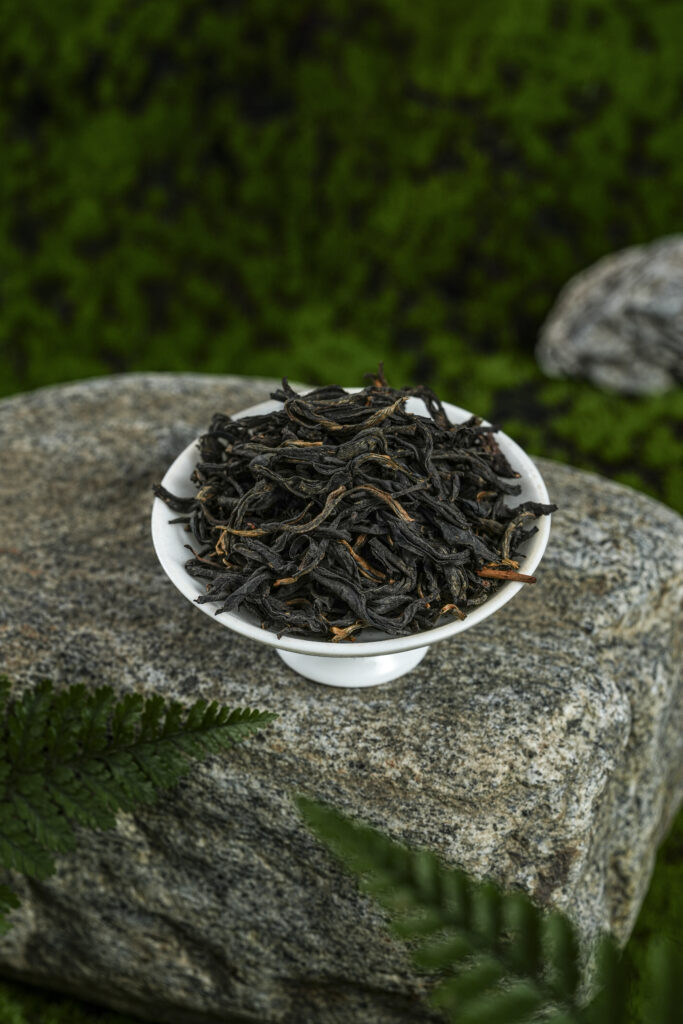Black Tea Basics
I. In the map of international tea trade, black tea occupies a mainstream position with about 75% of the market trade volume, and has become a highly regarded beverage. However, most people’s knowledge of black tea only stays on the surface. Today, let’s go into the world of black tea and enjoy its unique charm.

Second, the origin of black tea
China, the birthplace of black tea and the origin of the tea plant, was the first country in the world to discover and drink tea. As early as around 1650, black tea first appeared in China, since then opened its legendary chapter. After hundreds of years of inheritance and development, black tea from China to the world, become an important carrier of the East and West cultural fusion.

Fengqing Dian Hong tea, as a representative of the world’s Dian Hong hometown, has emerged in the tea world with its unique charm. Although its appearance is simple and unadorned, its taste after brewing is amazing. The long-lasting and refreshing aroma, mellow and refreshing flavor seems to awaken the memories of the taste buds. Each sip contains a high and rich aroma, with a long, smooth and delicate sweet aftertaste, full of flavor and sweetness. In the many Dian Hong tea, Fengqing Dian Hong undoubtedly with its excellent quality, has become a well-deserved “China Red” Dian Hong tea in the leader.
Third, the quality and classification of black tea
Black tea is characterized by “red soup and red leaves”, and its aroma and taste are sweet and mellow. There are many different ways to categorize black teas, including origin, leaf size, and production method.
Divided by origin, often reflected in the name, such as Dian Hong (Yunnan black tea), Sichuan Hong (Sichuan black tea), Qi Hong (Keemun red tea) and so on.
In terms of leaf size, there are three common types of black tea: large-leaf black tea (such as Dian Hong, medium-leaf black tea (such as Qi Hong), and small-leaf black tea (such as Zheng Shan Xiao Seed).
In terms of production method, it is generally divided into three categories: small seed black tea (such as Zheng Shan Xiao Seed), Gongfu black tea (such as Dian Hong), and black tea. The unique smoky flavor of small breed black tea, the fine production of Gongfu black tea, and the high efficiency extraction of black broken tea, all show the charm of different processes.

What are the representative black teas?
Keemun Black Tea: Mainly produced in Keemun, Anhui Province, Keemun Black Tea is famous for its aroma. With orchid, fruit and honey fragrance, it is known as “Qimen Xiang”.
Zhengshan Xiaojiao: the originator of black tea, produced in Fujian, smoked and roasted with horsetail pine, with pine smoke, flowers, cinnamon flavor, mellow taste is memorable.
Jinjunmei: The top grade of Zhengshan Xiaojiao, made from whole buds, with floral and fruity aroma and woody flavor.
Dian Hong: Produced in Yunnan, with a reddish soup color and strong taste and flavor, it is very cost-effective.
Szechuan Red: Produced in Sichuan, the aroma is fresh and crisp, with orange flavor, refreshing and pleasant.

Black Tea Producing Areas and Grades
The black tea producing areas are widely distributed, and the provinces with extensive tea planting in China basically produce black tea, with the main producing areas being Anhui, Yunnan, Fujian, Guangdong, Sichuan and other places. There are different grades of black tea, and there are obvious differences in quality. High-level black tea raw materials are tender, uniform shape, bright soup color, mellow flavor, sweet aroma, mellow and refreshing in the mouth, and lasting sweetness. The quality of the inferior, in these aspects is slightly inferior.
According to the national standard, small breed black tea, Gongfu black tea and black tea have their own grading standards. Small breed black tea is divided into special grade, first grade to third grade or fourth grade according to the place of origin and technology. Gongfu black tea is categorized into special grade, grade one to grade six. Broken black tea has 5 or 7 specifications according to different varieties.
